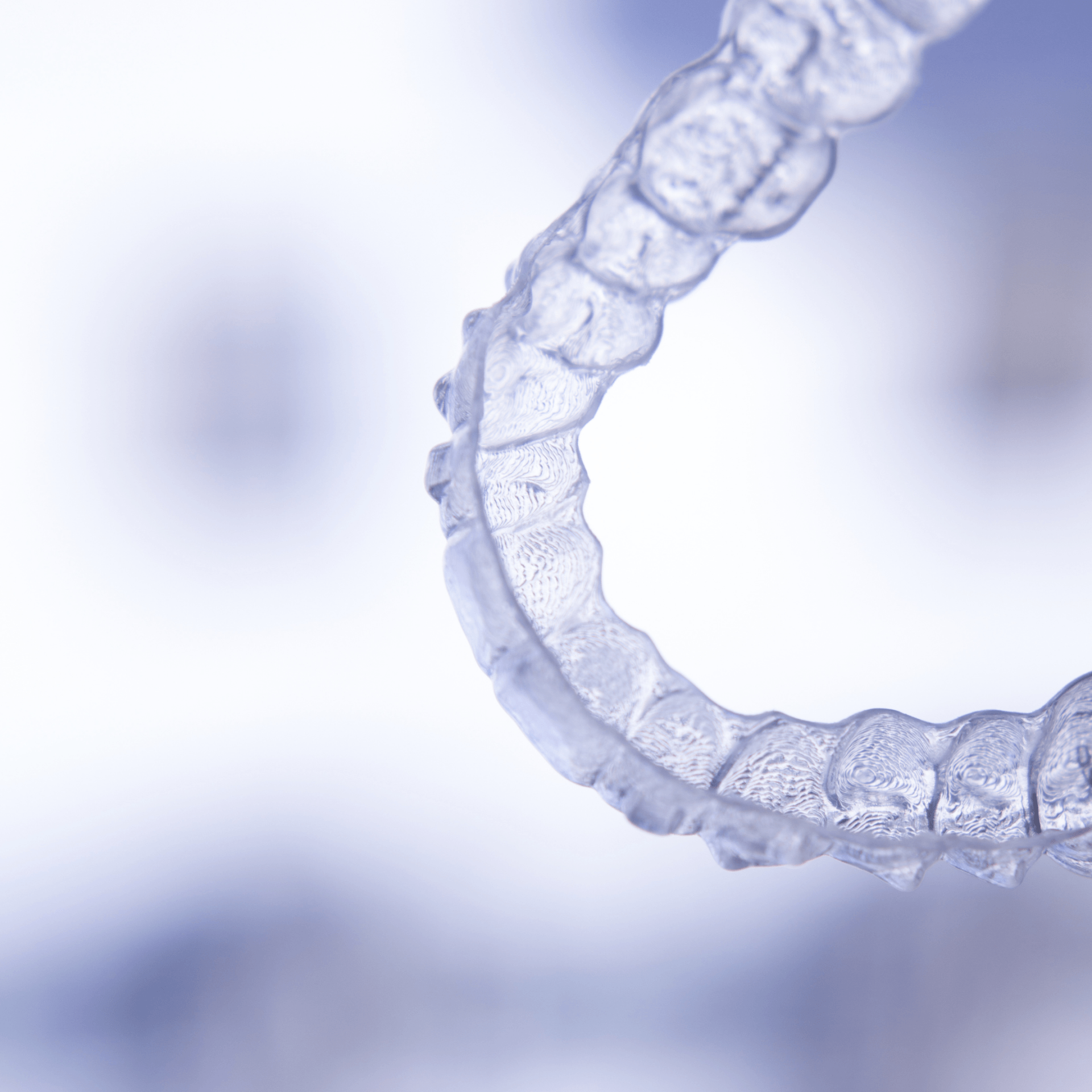INVISALING
All you need to know about Invisalign.
Is Invisalign the right treatment for you? Let's find out!
Faster than traditional braces
What’s Invisalign?
Invisalign is an innovative way to straighten your teeth without using metal braces.
These thin, clear aligners are made from a thermoplastic material called SmartTrack than won't cause disconfort and will fit tightly over your teeth making the aligners practically invisible.
How does invisalign works?
The process is pretty straightforward.
You wear a series of clear plastic aligners which gradually shift and move your teeth into place.
This can take anywhere from 9 to 18 months depending on the severity of the case.
These clear aligners will be changed every two weeks until your teeth line up perfectly.
In what cases does Invisalign works?
If you fall under the category of people with untreated teeth alignment issues, Invisalign braces are your best bet!
Here are some problems with your teeth that Invisalign can help you fix:
Overbite
Overbite is a clinical term describing a type of malocclusion, or improper bite. Symptoms of an overbite condition may include overlap of the upper and lower teeth, excessive wear on the upper front teeth, and displacement of the lower jaw.
Underbite
“Underbite” refers to an alignment issue in which the lower jaw protrudes beyond the upper jaw, causing the lower teeth to overlap or trap the top teeth. Sometimes this also makes difficult for the lower teeth and lips to close properly.
Crossbite
This condition occurs in both children and adults. In this case the upper teeth fit behind the lower teeth when the mouth is closed.
When permanent teeth are involved, it can have an extremely negative effect on their development, since they may need to be extracted if they fail to properly grow. In most cases, this condition is due to habit, although there are instances of it being hereditary as well.
Open bite
An open bite occurs when the upper and lower dental arches are not aligned, forming a gap between the lower and upper front teeth.
This misalignment can cause periods of increased pressure or create an uncomfortable sensation when eating or clenching the teeth together.
What's the difference between Invisalign and traditional braces?
Let's discover your best treatment options


